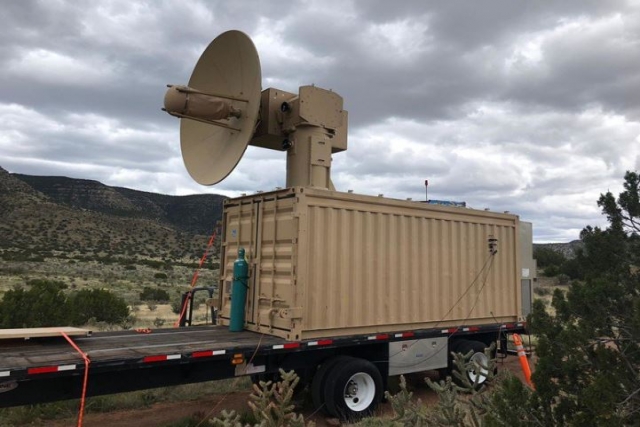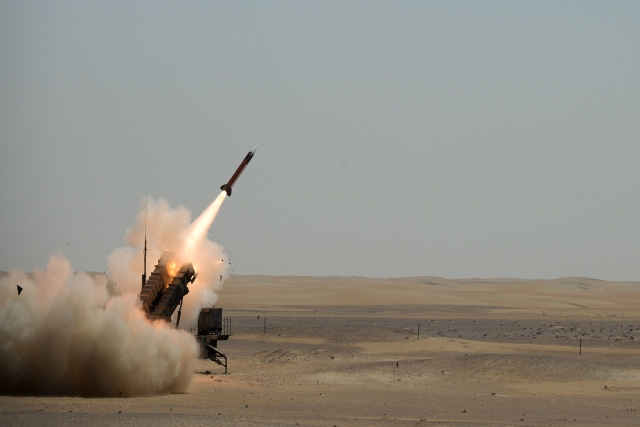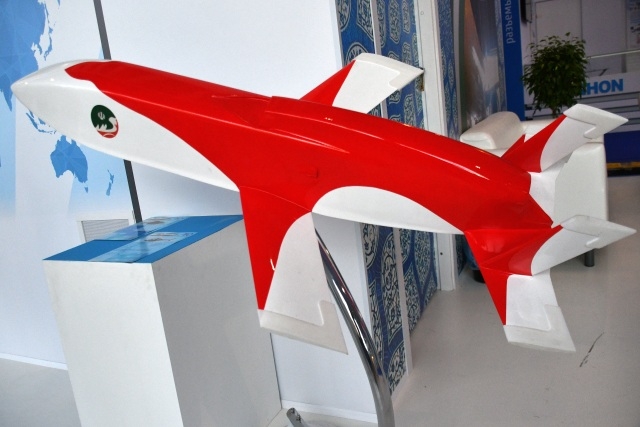USAF Develops "Thor" Electromagnetic Weapon to Hammer Enemy Drones

Drone swarm attacks of the type that crippled Saudi oil refineries, could be hammered down with an electromagnetic weapon called “Thor” developed by the United States Air Force (USAF) research laboratory.
The Air Force Research Laboratory (AFRL) exhibited the counter-swarm electromagnetic weapon technology, called Tactical High-power Operational Responder (THOR), at the 2019 Air Force Association Air, Space, and Cyber Conference at the Gaylord National Resort and Convention Center, near Washington and Virginia, from September 16-18.
In the attack on Saudi oil fields on September 14, Yemeni forces reportedly used multiple combat drones- with the larger ones creating a “shadow effect” on the smaller drones. The bigger drones protected the smaller ones from radar detection and enemy fire, enabling them to strike targets with pin-point accuracy.
The Thor could be useful in Saudi-type attacks because the system provides non-kinetic defeat of multiple targets. It operates from ground power and uses energy to disable drones.
“THOR is essentially a high-powered electromagnetic source that we put together to specifically defeat drones,” said Stephen Langdon, chief of the High-Powered Microwave Technologies Branch of AFRL’s Directed Energy Directorate.
According to AFRL, a demonstration system has been built and tested on military test ranges near Kirtland AFB, where it has successfully engaged multiple targets. Further testing against a larger set of drone types in swarming configurations is being planned.
THOR stores completely in a 20-foot transport container, which can easily be transported in a C-130 aircraft. The system can be set up within three hours and has a user interface designed to require very little user training. The technology, which cost roughly $15 million to develop, uses high power electromagnetics to counter electronic effect. When a target is identified, the silent weapon discharges with nearly instantaneous impact.
Rather than being used just as harmless hobby systems, drones can also be employed as weapons intended to cause harm at long standoff ranges. As they become more common and technically mature, it is important that there be a safe way to protect air bases against these threats.
With much of the necessary basic research previously completed at AFRL, THOR was rapidly developed and tested in 18 months.
Although there are other drone defensive systems available, including guns, nets and laser systems, THOR looks to extend the engagement range to effect and decrease the engagement time over these other deterrent devices.
Langdon said the THOR team hopes to transfer the technology to a System Program Office soon in order to get it into the hands of US warfighters as soon as possible.












